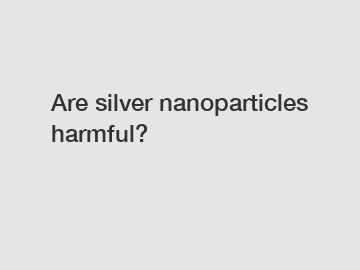The Difference Between Nitrile Rubber and NBR Latex
Feb. 07, 2024
Nitrile rubber and NBR latex are two distinct materials derived from nitrile compounds, but they serve different purposes and exhibit different properties. Here's a breakdown of the differences between nitrile rubber and NBR latex:
Composition:
Nitrile Rubber: Nitrile rubber, also known as NBR (acrylonitrile butadiene rubber), is a synthetic rubber copolymer composed primarily of acrylonitrile and butadiene monomers. The ratio of these monomers determines the properties of the resulting rubber, such as oil resistance, flexibility, and durability.
NBR Latex: NBR latex, on the other hand, is a water-based dispersion of nitrile rubber particles. It is produced through emulsion polymerization of acrylonitrile and butadiene in the presence of emulsifiers and stabilizers. NBR latex is commonly used in applications where the liquid form of nitrile rubber is preferred over solid rubber.
Form:
Nitrile Rubber: Nitrile rubber is typically manufactured in solid form, either as sheets, rolls, or molded parts. It is commonly used in various industrial applications, including seals, gaskets, hoses, O-rings, and automotive components.

NBR Latex: NBR latex is a liquid dispersion that can be applied directly to substrates or coated onto fabrics to impart properties such as oil resistance, chemical resistance, and barrier protection. It is used in applications such as adhesives, coatings, dipped goods (gloves, balloons), and textile finishes.
Processing:
Nitrile Rubber: Solid nitrile rubber is processed using techniques such as compression molding, injection molding, extrusion, and calendaring to form finished products with the desired shapes and dimensions.
Recommended article:A Comprehensive Guide to the Application and Use of Amino Silanes
TJCY-Coco Sun's Post
What are Chemical Hazards? Types & Examples
10 Questions You Should Know about Vae Redispersible Powder
Pregabalin
What are the benefits of using Construction Grade HPMC?
Ultimate Guide to Preventing Mold with Silicone Caulk in Showers
NBR Latex: nitrile butadiene rubber latex can be applied to substrates or fabrics through methods such as dipping, coating, spraying, or brushing. It can also be compounded with other additives and ingredients to modify its properties before application.
Properties:
Nitrile Rubber: Solid nitrile rubber exhibits excellent resistance to oils, fuels, chemicals, and abrasion, making it suitable for applications requiring sealing or protection against harsh environments. It also offers good flexibility, high tensile strength, and low permeability to gases.
NBR Latex: NBR latex provides similar properties to solid nitrile rubber, including oil resistance, chemical resistance, and durability. However, its liquid form allows for easier application and coating onto various substrates, providing flexibility in product design and manufacturing processes.
Applications:
Nitrile Rubber: Solid nitrile rubber is commonly used in automotive, aerospace, oil and gas, construction, and manufacturing industries for sealing, gasketing, cushioning, and insulation applications.
NBR Latex: NBR latex is utilized in a wide range of applications, including adhesives, coatings, sealants, textiles, medical gloves, and protective clothing, where liquid form and coating capabilities are advantageous.
In summary, while nitrile rubber and NBR latex share similar chemical compositions, they differ in form, processing methods, properties, and applications. Nitrile rubber is primarily used in solid form for mechanical applications requiring resilience and resistance, while Chemical NBR latex offers versatility in liquid form for coating and finishing applications.
23779-32-0: Is this chemical compound the future of medicine?
1. What is Cas 17689-77-9? Key Information Explained
labsa-sulfonic acid is a batch of organic sulfur compounds.
What are the benefits of Vinyl End-Blocked Silicone Polymer?
Discover the Top Phenyl Silicone Oil Products
What are the uses of 2943-75-1 chemical?
How do I choose a packaging machine?How do you utilize Osi Mercapto Silanes?
456
0
0
Next: None
Related Articles










Comments
All Comments (0)